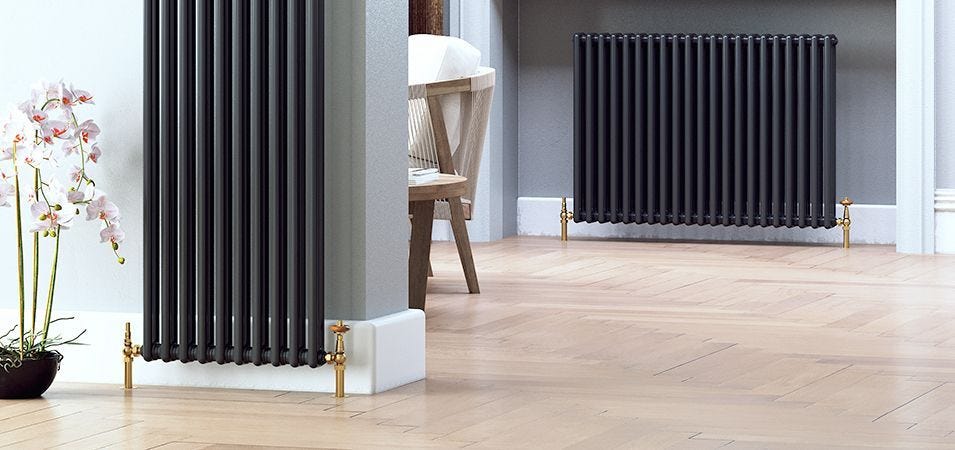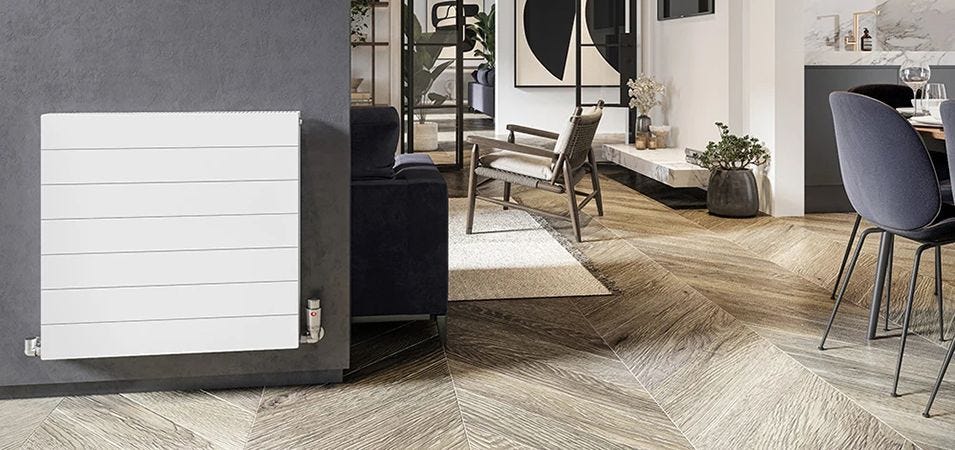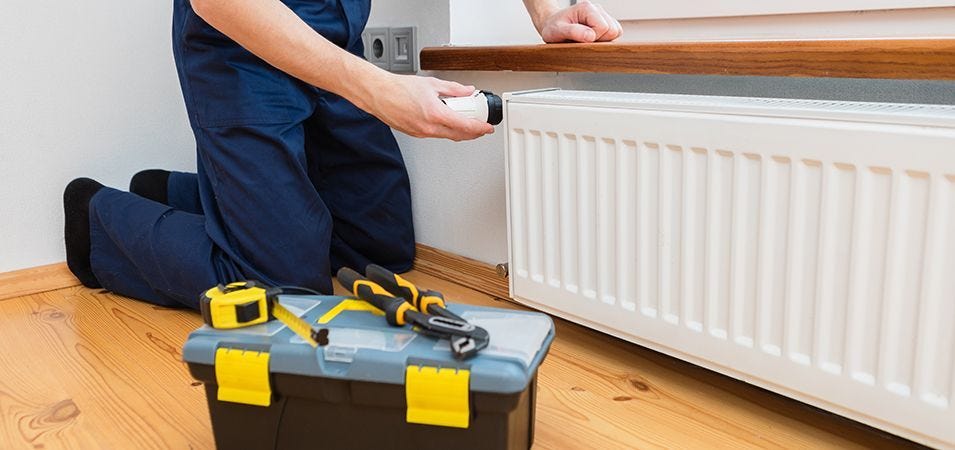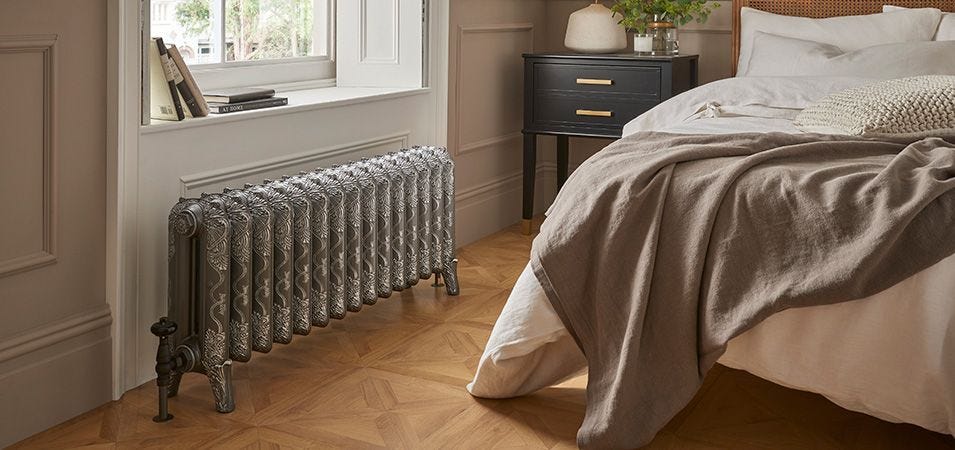How to stop the sound of dripping or trickling water inside your radiators
How to stop the sound of dripping or trickling water inside your radiators
If you can hear water dripping or trickling inside your radiator, then it’s very likely that your rad is not full and contains air pockets inside.
This is actually quite a common problem in tall radiators, often because they are filled too quickly, causing air to be trapped within the radiator.
Flow & return
It is worth checking if your radiator has specific flow and return connections on it. You can usually tell this by indicating arrows or the words ‘Flow’ or ‘Return’ written by the connection points on the radiator.
It’s worth making clear that Flow is the water coming into the rad and Return is the water coming out - sounds obvious when explained, but it’s not so obvious if you have little experience of the subject.
Bleeding
To get the air out, bleed your radiators and check which pipe is the flow and return.
It’s possible these will need to be changed to make sure the Flow is on the correct side of the rad.
If you are fitting a thermostatic valves, these need to be fitted on the Flow side, with the lockshield on the Return.
Filling
To fill up the radiator again, close the lockshield valve and open the air vent fully. The air vent is usually opposite the flow. Now fill the rad very slowly, as this will cause the air to be very gently guided towards the air vent and be allowed to escape, which is exactly what you want to happen.
When you can see water coming out of the vent, it means there’s no air inside. You can close the vent, open the lockshield and fill the system. Once done, you can run the system and vent.
Flow rate
It is also important to get the correct flow rate and getting the radiator balanced. To do this, the lockshield valve needs to be set to a temperature around 10-12°C lower than the flow side.
This can be done by using a digital thermometer to take the temperature on the flow side and then open or closing the lockshield valve until the digital thermometer tells you the temp is 10-12°C below the flow side. Once the correct temperature is achieved, you can lock the valve as you have now balanced the radiator.
Signs of success
If you have been successful in removing all the air, the radiator should be full, warm all over, with no cold patches or annoying sounds of trickling water. If this is not the case, you will need to repeat the process again.
To achieve a completely balanced central heating system, this process should be performed on all of your radiators.





